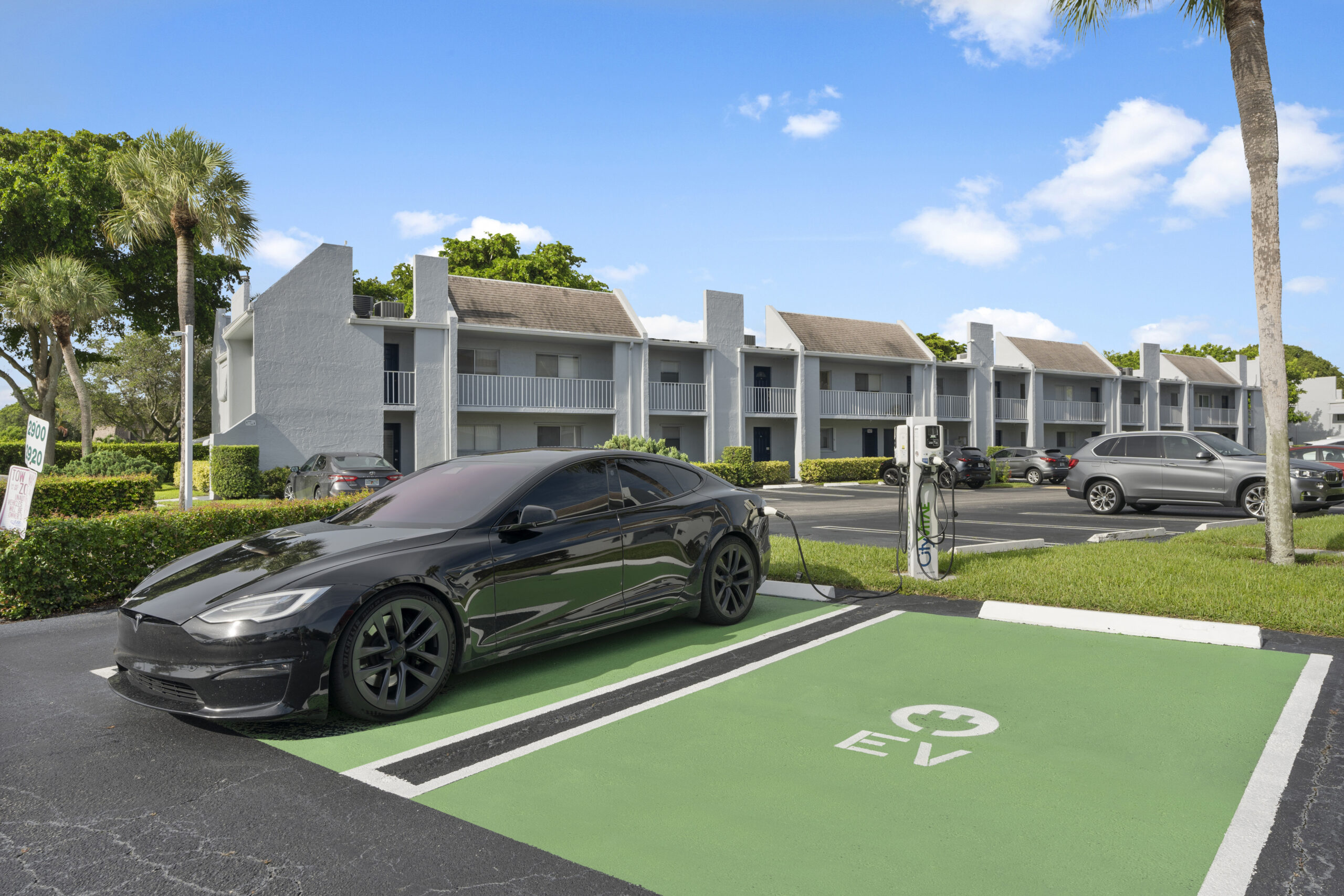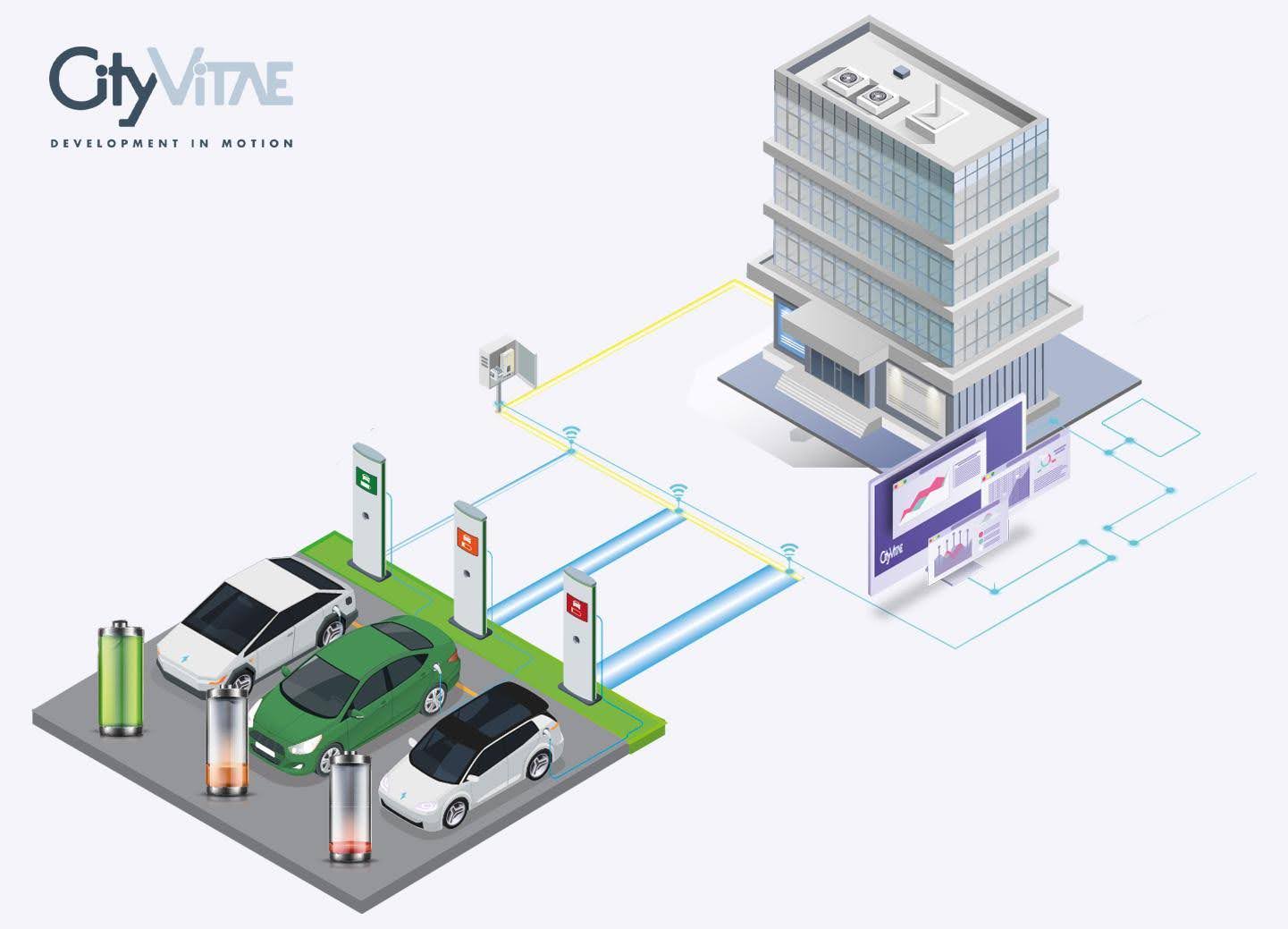Achieving the right balance in your EV charging infrastructure isn’t just about installing chargers; it’s about crafting a system that aligns perfectly with your resources—from infrastructure to financial capabilities—and delivers exceptional value to both the property owner and the users.
Below, we’ll explore how this is accomplished for commercial properties.
How Vendor Selection Influences Charging Success
The efficiency of an EV charging system is significantly impacted by the selection of vendor(s).
Opting for separate entities for the installation, operation, and maintenance of charging stations can lead to decreased efficiency due to the lack of cohesive understanding of the operation.
Only a vendor that is system-oriented can advise clients on all of these key elements:
- Installing the Right Number of Chargers — Installing too few chargers can lead to congestion and frustrated tenants, whereas too many can strain your resources unnecessarily.
- Choosing the Right Type of Chargers — This decision factors things like charging speed, user needs, and cost-efficiency. Level 3 fast chargers may seem like the most attractive option because of their speed, but they require more a robust infrastructure and higher operational costs. To learn more about different charger types and how they fit into your property’s needs, check out this article.
- Strategic Pricing Models — Pricing is a very delicate balance that relies on balancing demand management with revenue goals. Charging rates that are too low will keep your chargers always busy and unable to fully satisfy tenant demand, whereas rates that are too high will leave them idle and underutilized. Differentiated pricing during peak and off-peak hours should be implemented to balance supply, demand, and profitability, assuming the vendor has this technology. A fair rate typically ranges from $0.30 to $0.50 per kWh, however this varies greatly from property to property.
- Electrical Capacity and Infrastructure Management — Increasing your property’s electrical capacity is very expensive, and often not necessary to increase the number of drivers your charging system can accommodate. AI-powered charging solutions, like the proprietary technology of CityVitae, manage load dynamically, adjusting power delivery based on demand, vehicle battery status, and charging behavior patterns. Click here to learn more about your property’s electrical capacity.
- After-Sales Service and Maintenance — Once the system is already implemented, efficiency is also reflected in the quality of after-sales service. A long-term relationship with a full-service provider like CityVitae ensures that your charging system is not only well-maintained, but also ready to grow with you as EV adoption continues in the future.
Executive Summary
Elevating the efficiency of an EV charging infrastructure involves more than just adding chargers; it’s about employing intelligent, technological solutions that enhance capacity without overburdening the system. Partnering with a full-service charging provider like CityVitae allows property owners to offer tenants a seamless, user-friendly, and reliable EV charging experience.
Discover how CityVitae’s AI-Powered Charging can transform your property’s EV infrastructure by scheduling a free consultation today. Together, we can pave the way for a more sustainable and efficient future in EV charging!





